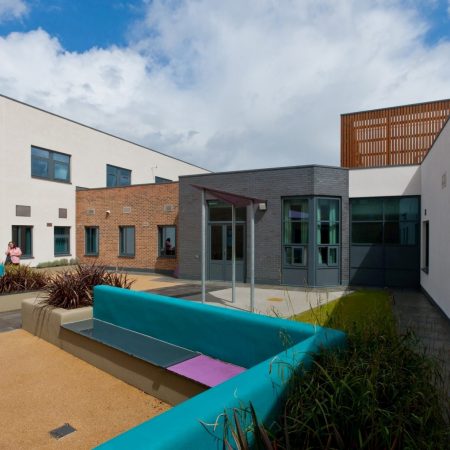Why the Choice of Construction Method is a Healthcare Issue
When people think about the major sources of greenhouse gases most would probably list transport, aviation and industry as the sectors most responsible. Few would think of healthcare and yet the NHS is responsible for 5.4% of the UK’s total emissions.
Globally, if healthcare were a country it would be the world’s fifth largest emitter of greenhouse gases (Healthcare Without Harm). At the same time, the healthcare impacts of climate change and poor air quality are widely known.
The NHS led the way by introducing a carbon reduction strategy in 2007 and has succeeded in reducing emissions by over 18% since then. This is despite a 27% increase in clinical activity over the same period. Even so, there is plenty still to be done. We are also about to see a significant building programme for healthcare facilities and we need to be wary of the potential environmental and health implications of this.
The obvious point here is that construction is another significant producer of greenhouse gases; as are new buildings when they come into service – or at least they can be. There are readily-available options that can limit the carbon footprint of the construction process and ensure that new buildings are highly energy-efficient and sustainable.
Zero Carbon Healthcare
There’s a big incentive for healthcare to get this right. Recognising the harm caused by extreme weather and poor air quality, the NHS has a target of eliminating carbon emissions by 2040. In this context a £3.7bn healthcare building programme becomes highly significant. The choices made about construction methods will have a significant impact on healthcare and the UK’s carbon footprint.
Replacing old and inefficient buildings with new ones will help reduce in-service carbon emissions. By specifying Modern Methods of Construction (MMC) procurement teams can ensure that energy efficiency in practice meets the performance level in the design specification. This is because factors such as thermal insulation and the precise fit of building components are controllable in a modern manufacturing process in a way that isn’t possible with traditional construction.
Specifying MMC can also ensure that environmentally-friendly materials such as structural timber are used. Wood traps atmospheric carbon as trees grow, whereas steel and concrete have high levels of embodied carbon emitted during raw material extraction and production that are not recoverable.
There are critical decisions to be made in the coming months and years. The choice of building methods will have a significant impact on the UK’s greenhouse gas emissions and on the ability of healthcare to become a zero carbon sector.

